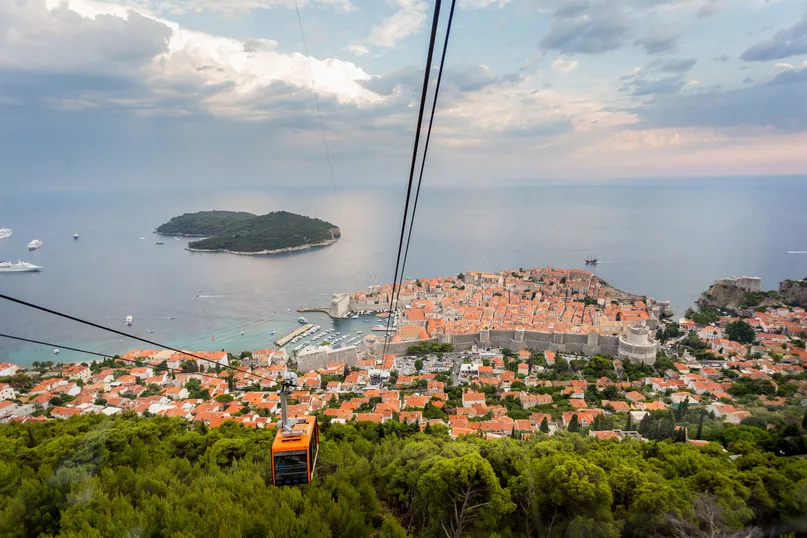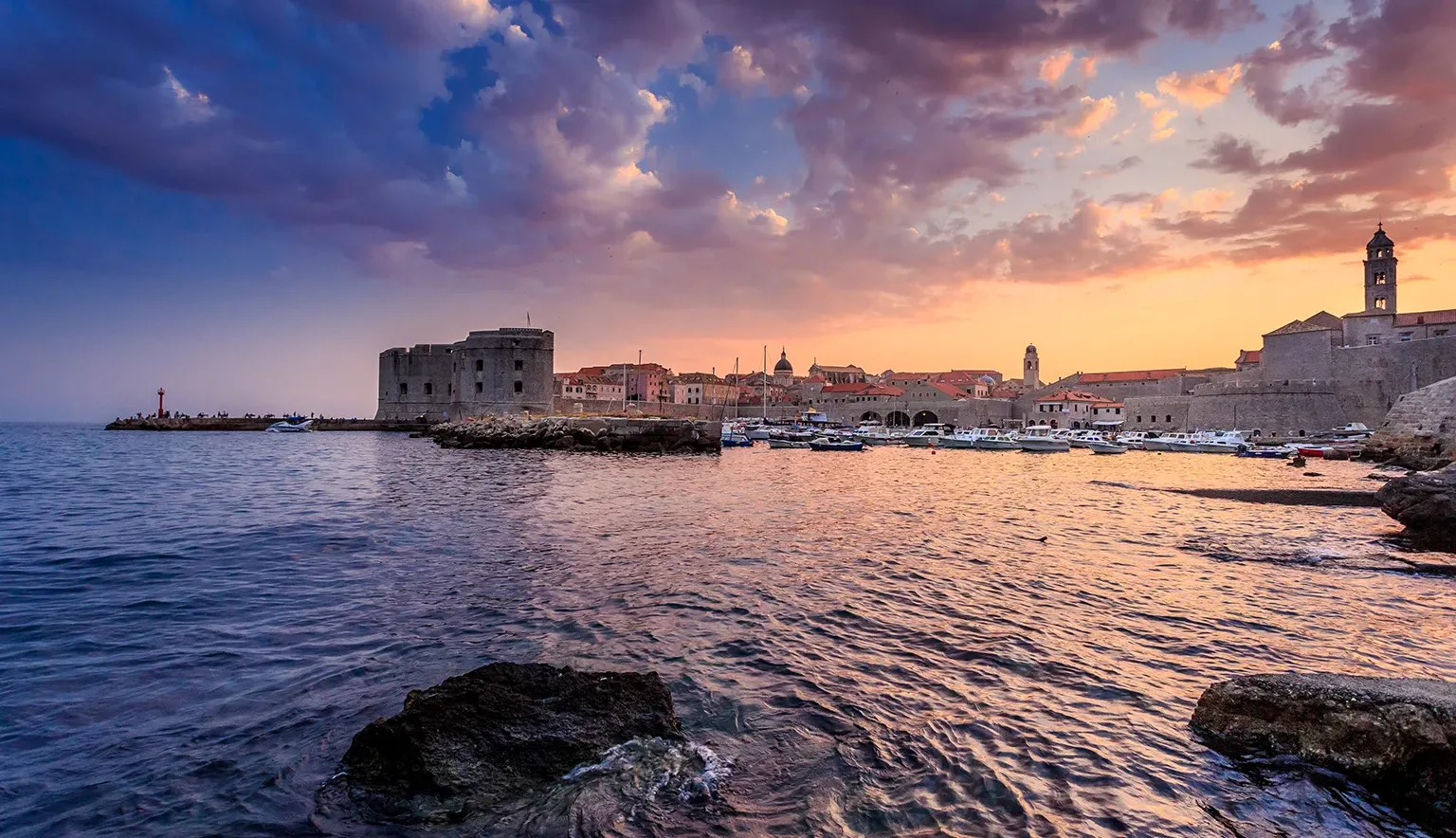Heralded as the home of medieval architecture, Dubrovnik is a historical hub for cultural enrichment on the backdrop of the sparkling Adriatic Sea, attracting visitors from across the globe.
DUBROVNIK
Known as the Pearl of the Adriatic, Dubrovnik has become a firm favourite for European city breaks. It’s no wonder when you consider the flowing white stone capital city of Croatia, steeped in intriguing history and colourful cultural celebration.
Strolling down the cobbled winding streets of Dubrovnik, it’s hard not to marvel at the otherworldly architecture that adorns the city, with an elaborate medley of medieval, renaissance, and baroque buildings, spanning churches, palaces, monasteries, and more.
Other historical gems include the exquisite Rector’s Palace (Knežev Dvor Palace to the locals) dating back to the 13th century, which attracts travellers with its Venetian-Gothic style. One of its many accomplices is the magnificent grandeur of the 16th century Sponza Palace.
Additionally, Dubrovnik’s one-of-a-kind old town has been attracting the world’s most budding historians for decades. As one of the best-preserved medieval areas in the world, the old town and city walls have gone through a meticulous renovation, which has ensured the city maintains its quintessentially medieval splendour. However, be prepared to bring your hiking boots, thanks to the undulations of steps that characterise this city.
Just a stone’s throw away off the coast are idyllic islands that can indulge anyone’s relaxation cravings. As one of the most beloved, Lokrum Island is just a short trip from the old town harbour. An area of spectacular natural beauty, the island boasts lush throws of green and crooked rockery juxtaposing the rolling sapphire waves of the sea.
Overall, the unique character, time-travelling streets, and opalescent cliffs are a must-see for medieval enthusiasts or those simply wanting to bask in the friendly and cultural atmosphere of the city, cementing Dubrovnik at the top of every traveller’s list.
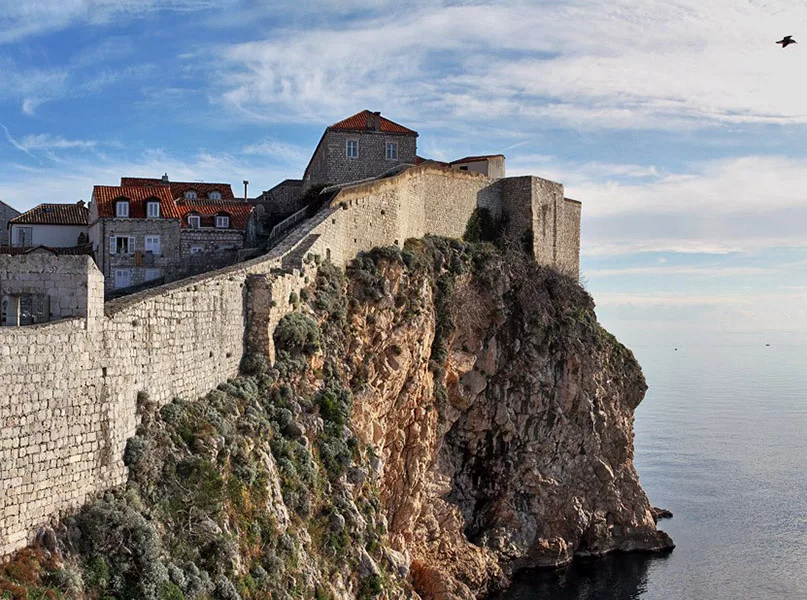
TOURISM INSIGHTS: THE DUBROVNIK TOURIST BOARD
The Dubrovnik Tourist Board has been instrumental in helping existing travel infrastructure and business in the city reach its potential in the face of increasing international visitors.
Despite its name, the board represents not only the city of Dubrovnik but also Rijeka dubrovačka, Zaton, Orašac, Trsteno, and Brsečine, as well as the surrounding islands of Lokrum, Koločep, Lopud, and Šipan.
As such, the board has been instrumental in unearthing the fantastic opportunities for travellers that the beautiful city has to offer. Miro Draskovic, Managing Director of the Dubrovnik Tourist Board, tells us how it has become an ideal destination for city dwellers.
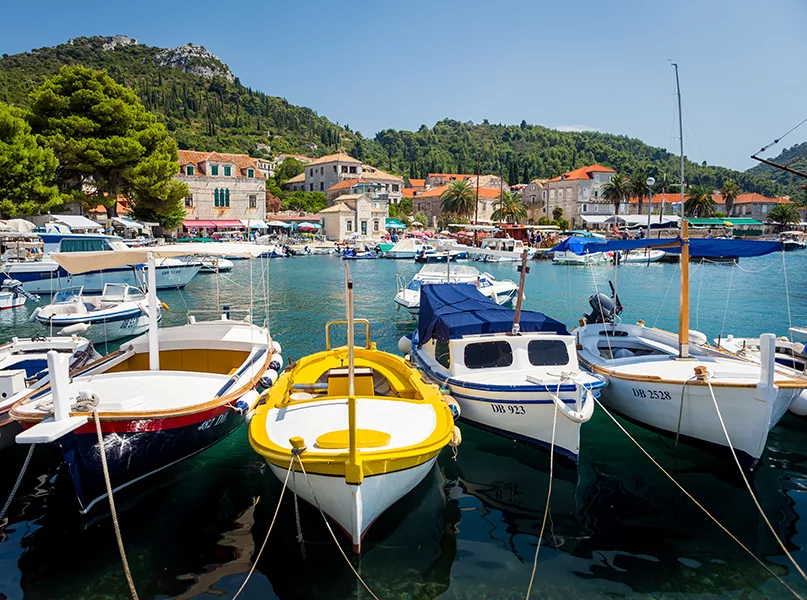
Q&A WITH MIRO DRASKOVIC, MANAGING DIRECTOR
Firstly, can you talk us through the origins of the Dubrovnik Tourist Board and its main goals?
Miro Draskovic, Managing Director (MD): The goal of the Dubrovnik Tourist Board is to encourage, improve, and promote any cultural, artistic, economic, or sporting organisations alongside other events that contribute to the enrichment of the city’s tourist attractions.
One of the main objectives is to encourage and organise action that preserves and protects the tourist environment in the city, as well as assist the advancements of the tourism sites that belong to municipalities and are yet to be developed for visitors.
We also wish to further promote Dubrovnik to all our main source markets whilst increasing the tourist volume of high-end clientele for some of Dubrovnik’s most interesting features, including meetings, incentives, and conferences and exhibitions (MICE) business, as well as cultural tours and attractions.
Why, in your opinion, should someone visit Dubrovnik? What makes it stand out from other travelling destinations in Croatia?
MD: While each Croatian city has its own unique charm, Dubrovnik stands out due to its historical significance. Having been part of UNESCO since 1979, the city possesses stunning architecture, beautiful coasts, and a vast array of cultural experiences. It’s a destination that caters to history buffs, culture enthusiasts, beach lovers, foodies, and anyone who is seeking a picturesque and memorable travel experience. We can say, without a doubt, that Dubrovnik is a city that makes Croatia recognisable worldwide.
What would you say is Dubrovnik’s most underrated attraction?
MD: Although Dubrovnik has a strong historical presence, Dubrovnik’s islands and countryside are perhaps less visited and widely underappreciated. The countryside is the perfect reside for any conservationist but also offers a well-rounded experience for any curious visitor.
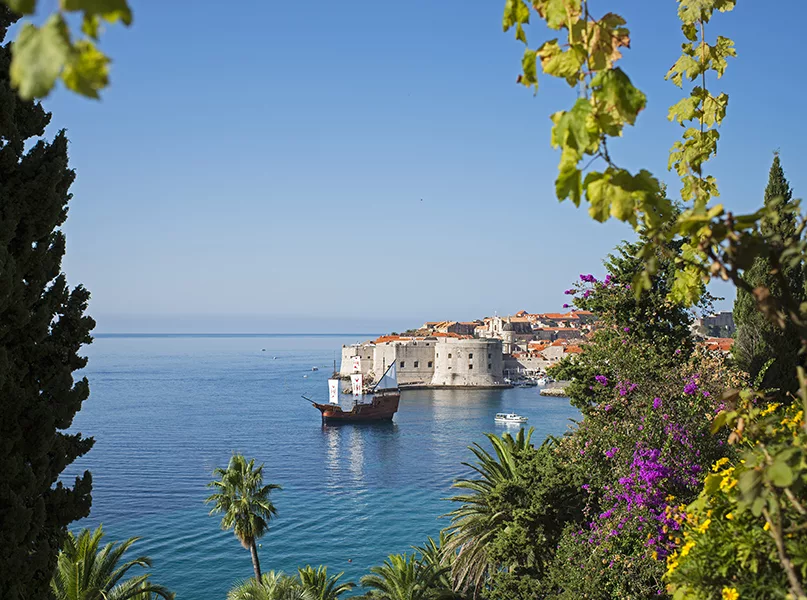
What attractions or sites would you suggest for any budding historians visiting Dubrovnik?
MD: Dubrovnik is a paradise for history nuts, offering many historical attractions and sites to explore. Some of the must-visit places that would be of particular interest include the Dubrovnik city walls, one of the most iconic historical landmarks in Dubrovnik. Additionally, Rector’s Palace, which served as the seat of the Dubrovnik Republic government, showcases the city’s political and administrative history. The Franciscan Monastery also can’t be missed, as it holds a rich collection of historical artefacts and is one of the oldest pharmacies in Europe. Finally, Sponza Palace, originally built as a customs house, now holds the Dubrovnik State Archives, which would pique anybody’s interest.
How can tourists best incorporate the beautiful Adriatic Sea into their visit?
MD: It depends on what visitors like to do, given the range of activities on offer. The crystal-clear waters of the Adriatic have stunning beaches, enabling the ultimate holiday relaxation. For any adrenaline junkies, people can engage in various water sports such as kayaking, diving, snorkelling, and much more. Also unknown to many is the opportunity for island hopping, given the incredible islands of Dubrovnik. And last, but not least, seafood dishes are an absolute must whilst visiting the city.
What trends are currently transforming the tourism industry in Dubrovnik, and how are you harnessing them?
MD: A major trend currently influencing tourism in Dubrovnik is certainly sustainable tourism, which includes preserving cultural heritage and trying to minimise the environmental impact of tourism. However, it also involves dealing with issues of a better dispersion of visitors locally across different parts of the day, week, and month. In response to this, efforts have been made through the Respect the City project to manage crowd levels, regulate cruise ship arrivals, and prolong the season.
How do you foresee Dubrovnik’s tourism sector developing in the upcoming year?
MD: The sustainable tourism trend will definitely continue, as well as the development of some authentic and unique experiences and the enhancement of the overall visitor experience.
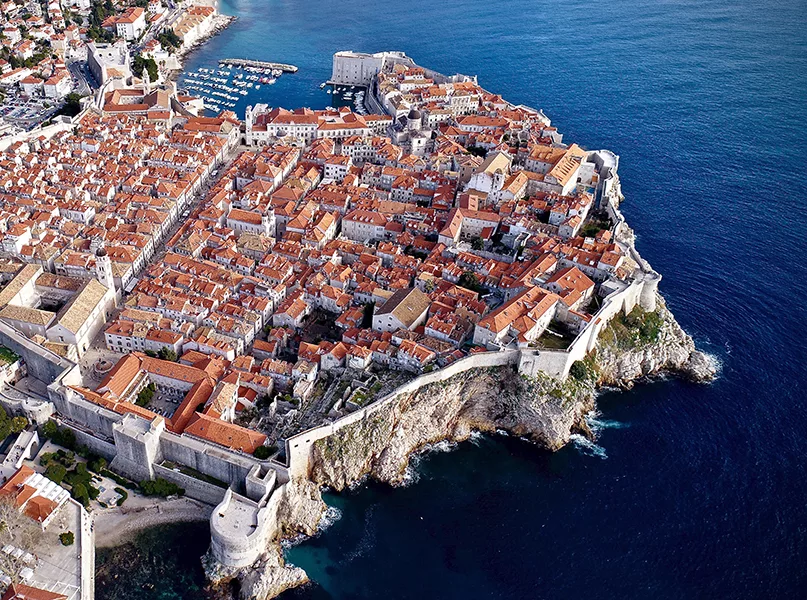
THE DUBROVNIK SUMMER FESTIVAL IN FOCUS
As one of Europe’s most distinguished events, millions flock every year to behold the spectacle that is the Dubrovnik Summer Festival. For over 70 years, the festival has stunned visitors from across the world with its myriad of colours and enriching experiences, including classical music, theatre, opera, dance performances, and more. The festival has become a pillar of the country’s cultural scene, as a range of Renaissance and Baroque-inspired shows are held across 70 different locations in the picturesque Old Town every year.
To commence the 45 days of celebration, the festival has a spectacular opening ceremony that takes place in the heart of the city at Luza Square. During the ceremony, the city erupts with festivity, bringing together people from all walks of life to witness the raising of the Libertas Flag with the backdrop of a spectacular fireworks show that lights up the sky.
This fantastic event was first held in 1950 to harmonise both the Baroque and Renaissance influences of the city. As such, a mutual appreciation of both elaborate periods is showcased to cultural lovers who can look forward to beautiful depictions of the intellectual and creative life of the city, as the festival exquisitely highlights the heritage and universally theatrical values of Dubrovnik through a prism of dance and performance.
Last year marked the 74th event of the festival, filled with budding Croatian opera singers alongside the grand and tremendous sounds of Croatia’s orchestra. With the 75th festival happening in July next year, this hub of cultural diversity will once again bedazzle onlookers and can’t be missed.
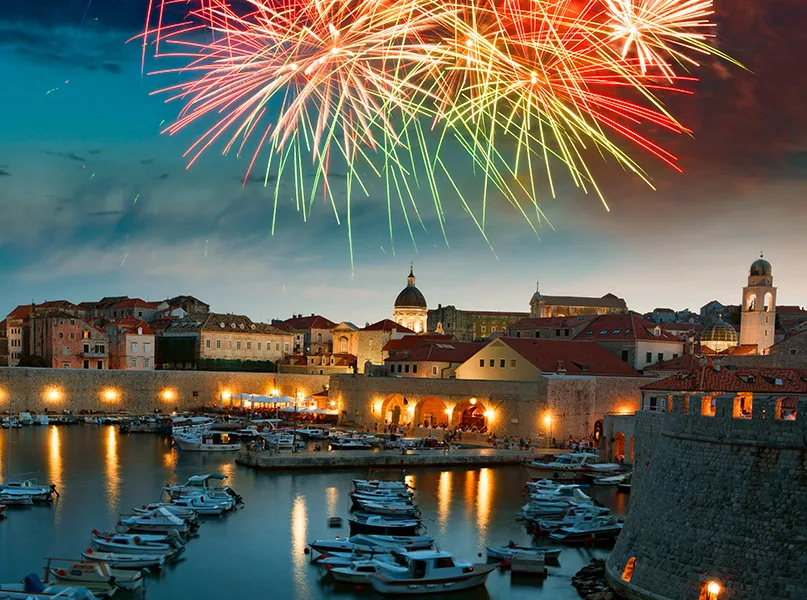
OUTLOOK RECOMMENDS
Eat:
FOR A DELECTABLE EVENING OF DINING…
For A TASTE OF TANTALISINGLY FRESH SEAFOOD…
Nestled within the old town lies Proto Fish Restaurant, an exquisite restaurant that has been providing sumptuous seafood dishes since 1886. Showcasing the epitome of luxurious dining, Proto Fish Restaurant offers a bespoke gourmet menu inspired by the culinary expertise of Dubrovnik’s most well-established families, passed on from generation to generation in seafood folklore, but with a distinctly contemporary twist.
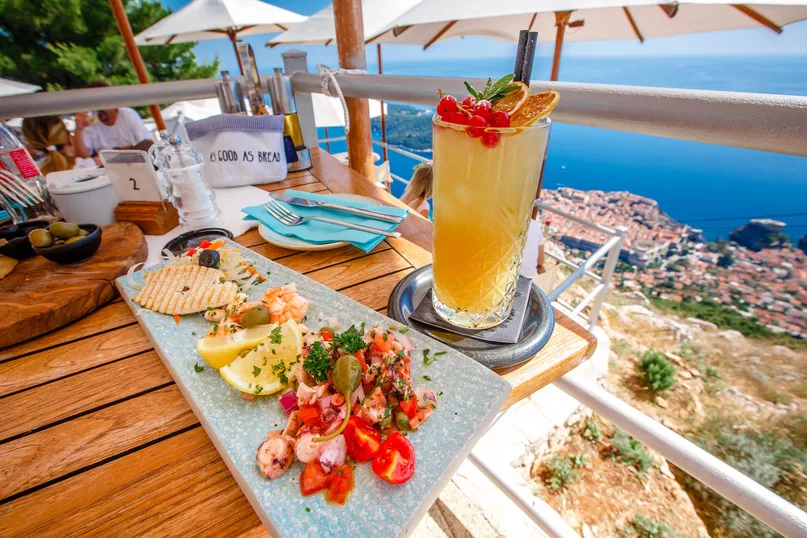
Sleep:
FOR LOUNGING in luxury…
Perfectly embedded in the magical cliffs of the Dalmatian coast, retreat from the bustling life of the city to the peaceful atmosphere of Villa Dubrovnik. Guests can bask in excluded apartments at a range of prices, with a sophisticated, relaxed, and modern style. Alternatively, saunter to the spa and sink into tranquillity, before witnessing the spectacular views of the resort’s bars and restaurants.
Do:
FOR A SOCIALLY SENSATIONAL SCENE…
A hidden treasure trove in Dubrovnik’s bar scene, follow the wooden signs to this tiny alcove of the city walls bursting with vibrancy. Buža Bar is renowned for its sumptuous views, lively atmosphere, and exceptionally refreshing drinks, making it the perfect place for a relaxed glass of wine amongst friends in the afternoon, or the epicenter of the city’s sophisticated nightlife.
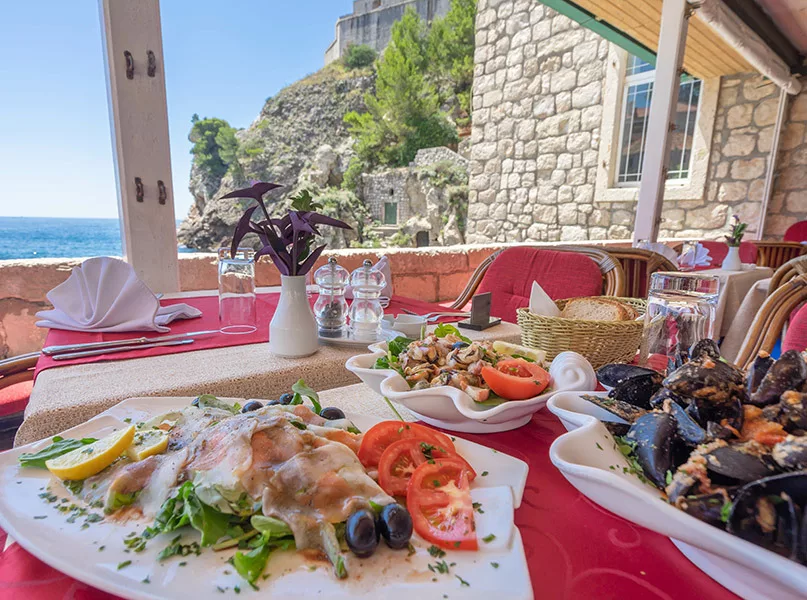
LANDMARK ATTRACTIONS
Sponza Palace
As a unique blend of Renaissance and Baroque architecture, the Sponza Palace is an emblem of the historic Dubrovnik, having been the only building in the old town to survive an infamous earthquake that occurred in 1667. Originally built in the mid-16th century, the palace has been heralded as the most extensive collection of state archives, which date back a staggering 1,000 years.
Cable Car
Currently one of the major modern attractions in this historically decadent city, the Cable Car can offer the most spellbinding views Dubrovnik has to offer. Even better, the car is easily accessible, with tickets available directly at every cable car station. What’s more, refreshments are available to visitors as they float through the air. Who wouldn’t want a sweet treat as they overlook the sensational Adriatic sea?
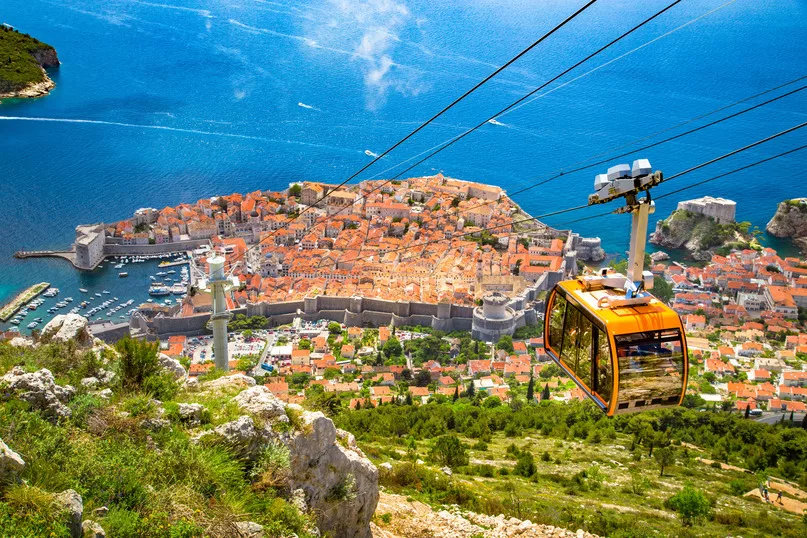
Church of Saint Blaise
Translated from Crkva Svetog Vlaha, this Baroque–style church is a staple of Dubrovnik’s architectural wonders, built between 1706 and 1714. This is the ideal spot for those who wish to people-watch with ice cream on the iconic stairs or gaze at the rare collection of the church’s art that can be found inside.
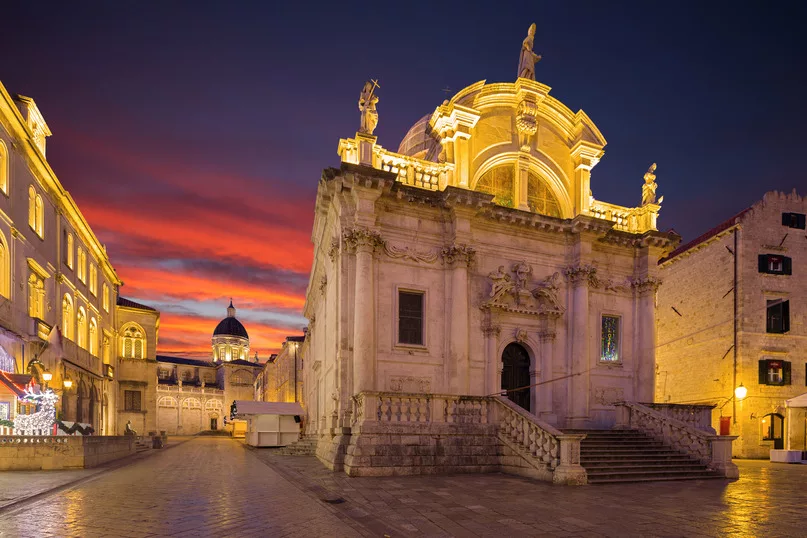
GETTING THERE AND AROUND
Fresh off the plane, travellers can enjoy a hub of well-organised transport options. It must be noted that Dubrovnik airport does not have a train station, so getting to and from Dubrovnik involves taking a regularly run shuttle bus or taxi.
Known for its vast collection of undulating stairs and maze of stone streets, Dubrovnik is best travelled on foot if you really want to take in the city’s charm, so be prepared to wear your best walking boots. As the Old Town is positioned as the core of the city, Dubrovnik is easy to navigate, with the majority of its attractions located within the city walls and within comfortable walking distance.
Departing from the city walls, public transport is also available across the city, from the port of Gruz to the beautiful Banje Beach. Alternatively, going on one of the many tours is also a great way to get around the city and make sure you tick off everything there is to see, without dealing with the chaos of public transport.
